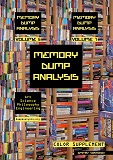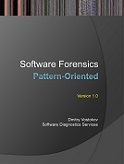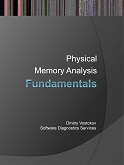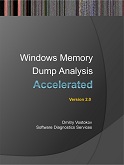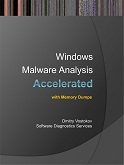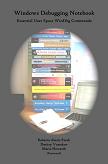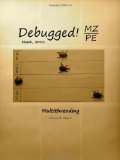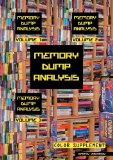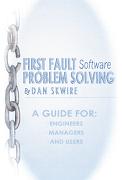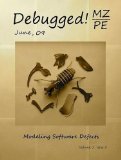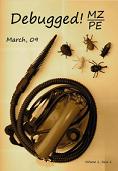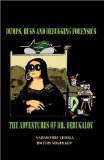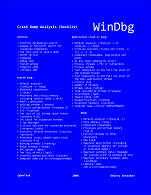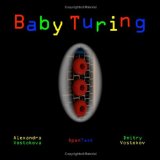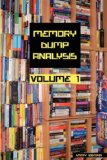Baseplate Representation of Chemical Structure
Studying artificial chemistries and applying them to software diagnostics revived my interest in Chemistry (my original school hobby before I started learning and practicing programming at Moscow State University). Experiments in using LEGO® baseplates and blocks to visualize software traces and logs led me to consider the possibility of using them for teaching and learning artificial chemistries. Finally, all that coalesced into a novel way of visualizing chemical structures (especially organic) that I claim as my invention.
Using LEGO® blocks to visualize organic compounds is not novel (for example, see here), especially regarding the octet rule (see definition). However, the resulting models are very rough abstractions that quickly become very complicated and not aesthetically pleasing. The proposed way uses base plates and 2x2 blocks for atoms (1x1 blocks for electrons and 2x1 blocks for bonds) that naturally depict the octet rule:
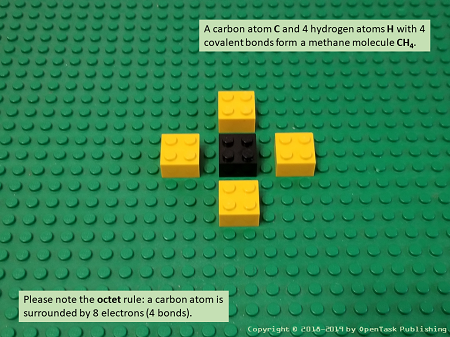
The structures become closer to what we usually see in modern papers, for example (all examples are from the forthcoming book "Organic Chemistry Brick by Brick: Using LEGO® to Teach Structure and Reactivity", ISBN: 978-1912636020):

The method also allows the visualization of isomers and stereoisomers:
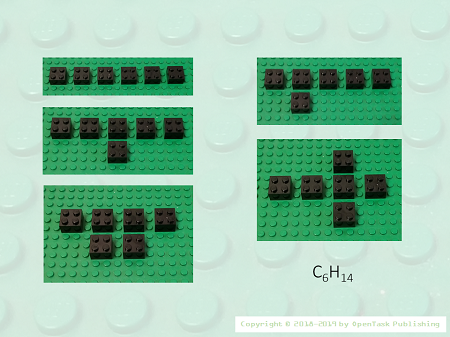
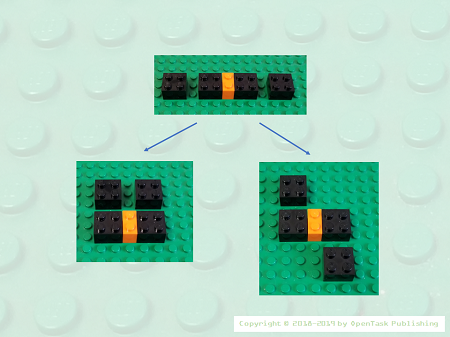
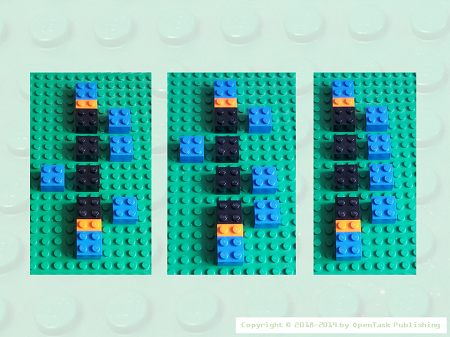
Flexible base plates and LEGO® tapes allow 3d configuration modeling.
Aromatic and heterocyclic compounds can also be depicted as well as their isomers:
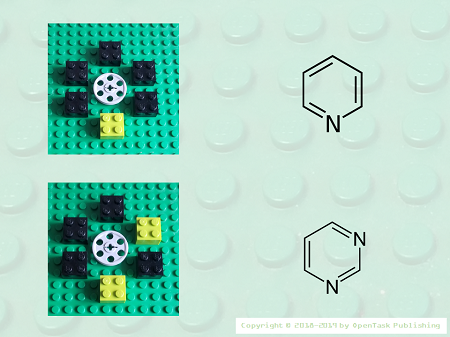
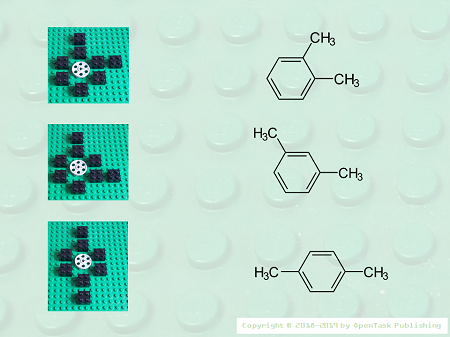
The method allows progressive visualization of progressively more complex molecules and even ions using adornments:
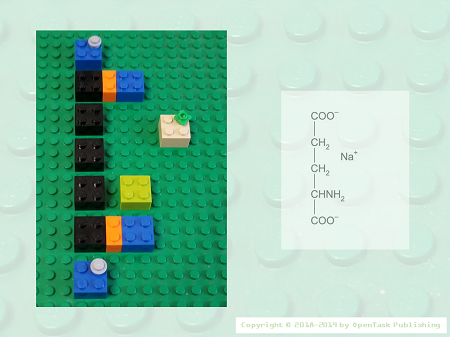
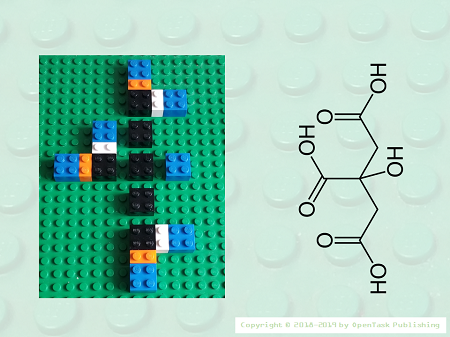
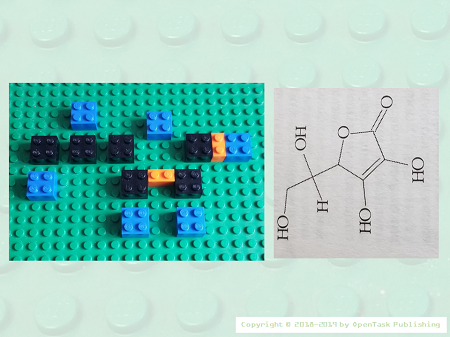
The method also allows the visualization of chemical reactions:
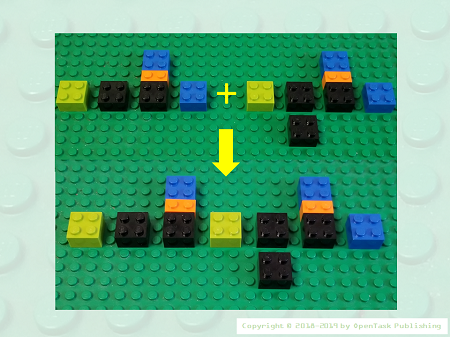
Moreover, even the concept of aromaticity (resonance):

The method applies to inorganic chemistry as well with the same brick types reused for different element sets. Additionally, adornments and different brick heights can be used to teach chemistry to visually impaired students.
As I already mentioned, the whole book is forthcoming this year, but in the meantime, you can see the original sequence of hundreds of pictures in the slide series at www.ChemistryBrickByBrick.com that at the time of this writing points to the publisher website. I’m going to add new parts weekly.
As a side note, I recall that at school I discovered the way of looking at chemical stoichiometry as a vector space (even planned to write a book about it "Vector Space Chemistry", ISBN: 9781906717551).




